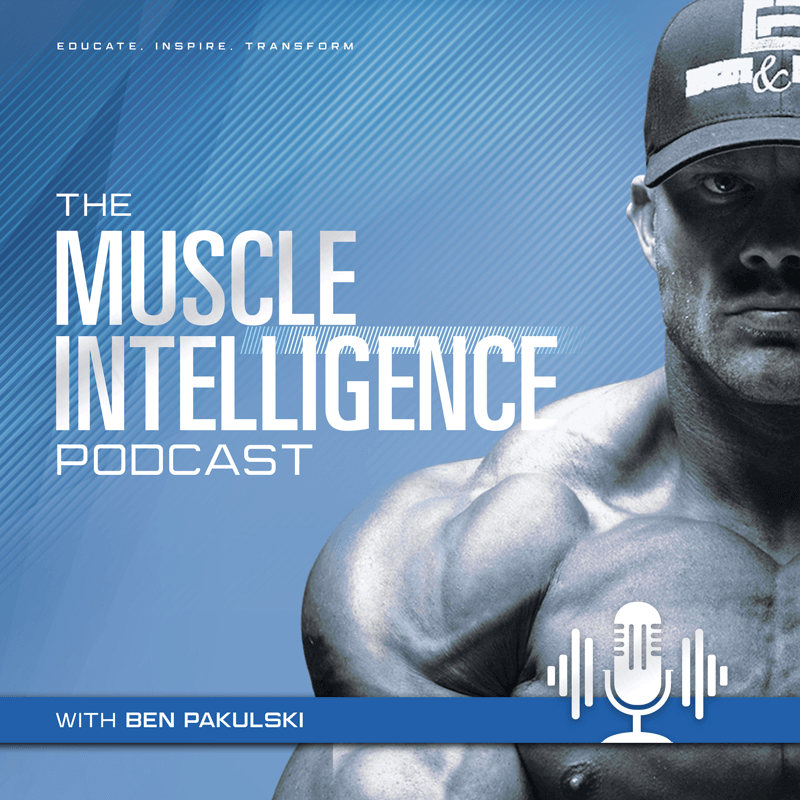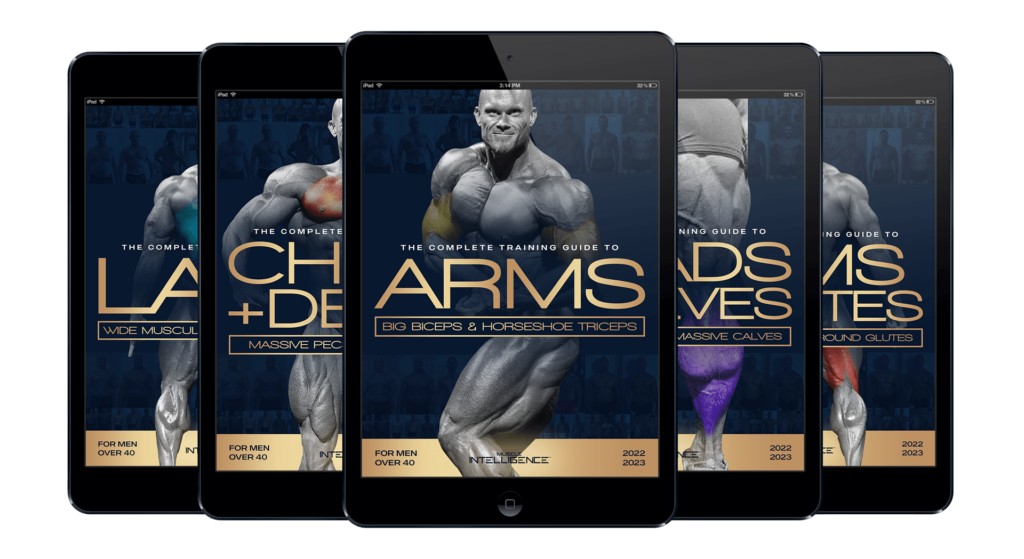This is an excerpt from Muscle Intelligence podcast episode 084 – How to Have a High-Performing Heart with Dr. Stephen Hussey. This excerpt has been edited for clarity.
Ben Pakulski: Heart health is a huge area of interest for me. For a little bit of my history, for 20 years I was an aspiring professional bodybuilder accumulating as much muscle as possible and eating a tremendous amount food. I have friends, colleagues and peers who literally passed away from things that they just wouldn’t expect. It’s the silent killer and this is why I’m so excited to have you come on here and talk about ways we can optimize at life and hopefully keep heart health optimized and give us some of the biggest things we can do to move the needle, and address some of the myths as well.
Just kicking right off, let’s talk about the science, what is actually happening with respect to heart disease. When someone has heart disease and going down this path of heart attack, or heart disease in general, what is that? What is actually happening?
Dr. Stephen Hussey: The way I see it is that there’s three categories of what people would call heart disease. One is this process of atherosclerosis, which is the hardening of the arteries wherever they may be. It’s widely promoted that high cholesterol in your blood is this athosclerotic forming, or I guess triggering thing. The question we need to ask is if this high cholesterol, or high LDL in the blood is what’s driving atherosclerosis and cholesterol is distributed evenly throughout the blood, why do we only see atherosclerosis in arteries and not veins? Why do we not see it everywhere in arteries? Why do we only see it in some places in people? There’s that part of heart disease.
There’s also heart attacks; we get tissue death in the heart muscle for whatever reason. I have my theories about why that is. Then the third, I guess category of heart disease is heart failure. This is looked at as the heart is not doing its job of pumping the blood, which I would argue that the heart is not necessarily a full-blown pressure propulsion pump. It’s more like a hydraulic ram. Yeah, those are the three categories of heart disease.
BP: Very interesting. You said you had theories about why these things exist in the heart and not necessarily in the arteries and on the veins. Why is that?
SH: Yeah, so the blood is almost half water. There’s this really unique phenomenon that happens with water. This is the work of Dr. Gerald Pollack up at University of Washington. He studied water for a very long time.
The water that forms is called fourth phase water, or structured water, or exclusion zone water. It forms in arteries. It forms anywhere that the water has sufficient energy to it, so that would be energy from our external environment. Even humans give off radiant energy ourselves. Then also hydrophilic surface, a water-loving surface.
When we have that recipe, we get this formation of structured water on the lining of an artery, all the way around the inner circumference of the artery. There’s two very important reasons why that happens. One is that it actually creates blood flow, because of the energy gradient that forms between the structured water and the hydrogen ions that are left outside of that. Then as far as atherosclerosis goes, this fourth phase water is also called exclusion zone water. It’s called that because it excludes everything that isn’t it.
When Dr. Pollack got this stuff to form in a lab, there was no molecule that would ever penetrate this exclusion zone. It was all excluded over to the side. He tried all kinds of things; he tried just dirt molecules, he tried the smallest molecule we could find, which is the protein albumin, which is super small and it was excluded. The only thing that he’s found that can get through are some very tiny ionic minerals, I think like potassium.
The importance of that is that it’s protecting the lining of the artery. We talked about this glycocalyx that forms on the lining of the artery and then we have the endothelial layer….but the first line of defense, I think is this exclusion zone water. Then we have to ask ourselves, oh, I think the key to artery health is maintaining this exclusion zone water on the lining of our arteries. So, what would create healthy exclusion zone water there? Then also, what would break it down? What things in our environment could cause damage to it?
It’s interesting, because like I said, the protein albumin is excluded. That protein is way smaller than any LDL, HDL, VLDL, lipoprotein(a), anything that we think causes or could potentially contribute to atherosclerosis. It excludes all that, because it excludes the protein albumin, so there’s no way that’s getting through if we have this intact barrier. This barrier forms when our body gives energy to it. The ways that our body absorbs energy to energize the water so that it can form this lining of exclusion zone water in the artery is radiant energy, so from the sun, or what’s popular these days is people use infrared saunas, or the red light therapies, things like that. There actually is something to this. We’re actually forming the structured water in our bodies.
If you want more, make sure you’re subscribed to the Muscle Intelligence podcast!












